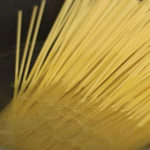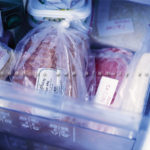You may have heard of freezer burn and wondered if you’re storing your food correctly. Let’s explore this phenomenon and learn how to properly freeze your food.
1 What is Freezer Burn?
Freezer burn occurs when frozen food comes into contact with air. Typically, when food is frozen, the water molecules form ice crystals, creating bumps on the food’s surface. This exposure to air leads to moisture loss, resulting in a decline in food quality, including nutrient loss and altered flavors.
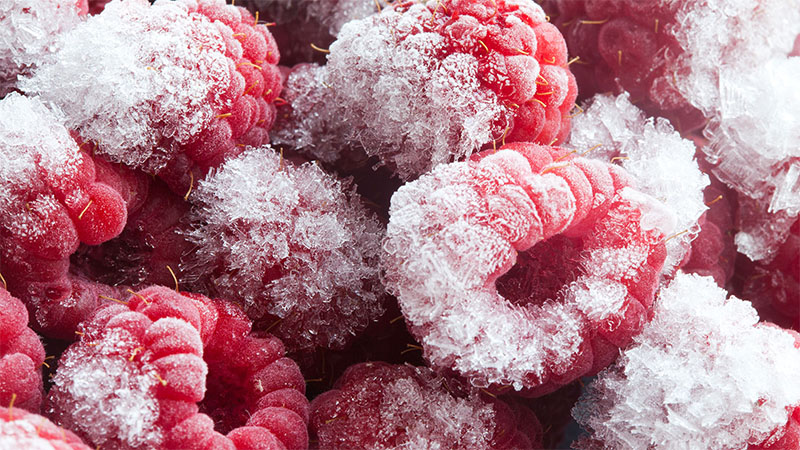 What is Freezer Burn?
What is Freezer Burn?
While freezer burn is harmless, it can affect the quality of your food. It can lead to nutrient loss, altered flavors, and the development of a distinct metallic taste.
 Freezer burn is harmless but can affect food quality.
Freezer burn is harmless but can affect food quality.
Therefore, it’s essential to take preventive measures to avoid freezer burn and maintain the freshness, flavor, and nutritional value of your food.
2 Why Freeze Your Food?
Freezing food offers several benefits:
– It slows down microbial growth and enzyme activity, extending the shelf life of your food and reducing spoilage.
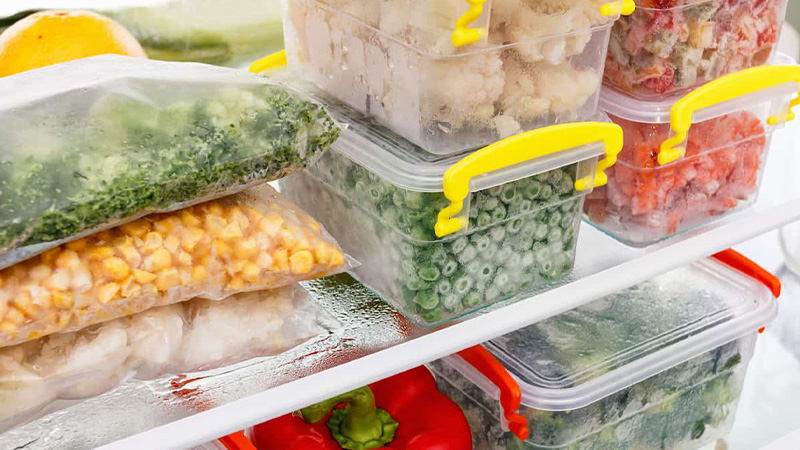 Benefits of Freezing Food
Benefits of Freezing Food
– Freezing food can save you money as frozen food lasts longer, and the freezing process helps retain nutrients.
– It saves time in meal preparation as frozen foods are often pre-cooked and only need to be thawed and reheated before serving.
3 How to Prevent Freezer Burn and Properly Store Frozen Food
Freeze Food at the Right Time
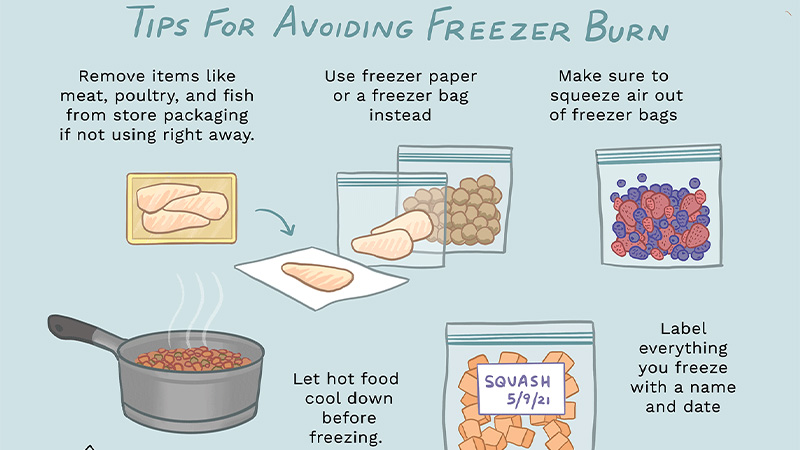 Freeze Food at the Right Time
Freeze Food at the Right Time
Allow your food to cool completely before placing it in freezer bags. If you want to speed up the process, place the dish or pan in a basin of ice until it reaches room temperature, then package and freeze it.
Use Optimal Containers for Frozen Food
To minimize air exposure, use freezer bags, which can remove most of the air and reduce the chances of freezer burn. For containers, choose smaller boxes with a capacity of less than 4 liters, and place them in the coldest part of your freezer to speed up the freezing process and inhibit bacterial growth.
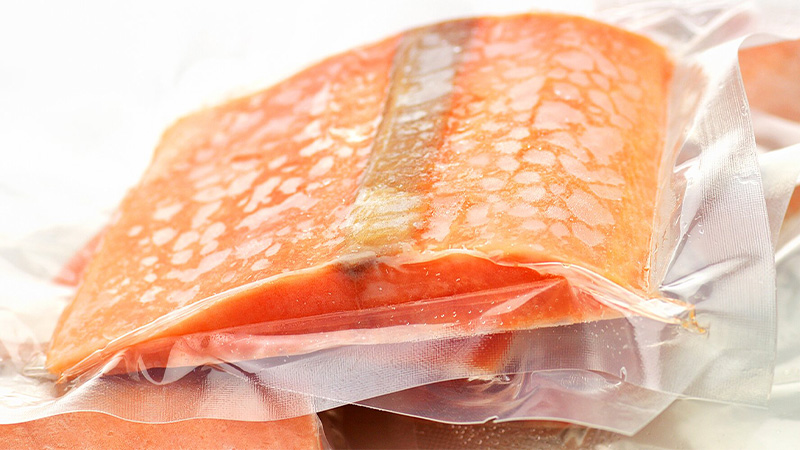 Use Optimal Containers for Frozen Food
Use Optimal Containers for Frozen Food
When freezing meats and grilled items, wrap them before placing them in freezer bags. Ensure that the food is tightly sealed to prevent freezer burn.
Don’t Freeze Too Much Food at Once
 Don’t Freeze Too Much Food at Once
Don’t Freeze Too Much Food at Once
Overloading your freezer with too much food at once will increase its workload and reduce its lifespan. Freeze food in batches to ensure efficient freezing and maintain your freezer’s performance.
Label and Date Your Frozen Food
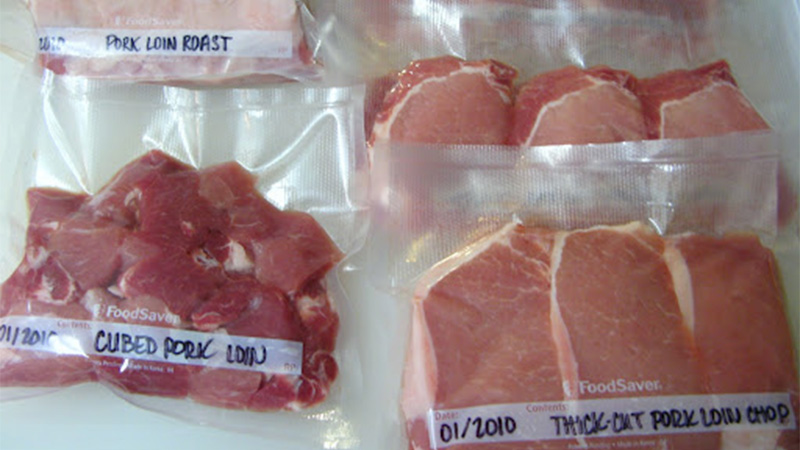 Label and Date Your Frozen Food
Label and Date Your Frozen Food
Labeling and dating your frozen food helps you manage your inventory effectively. It ensures you use the oldest food first and prevents food from being stored for extended periods. Label or date your freezer bags or containers to keep track of what needs to be used first.
We hope these tips help you effectively store your food in your freezer and maintain its freshness and quality.

























